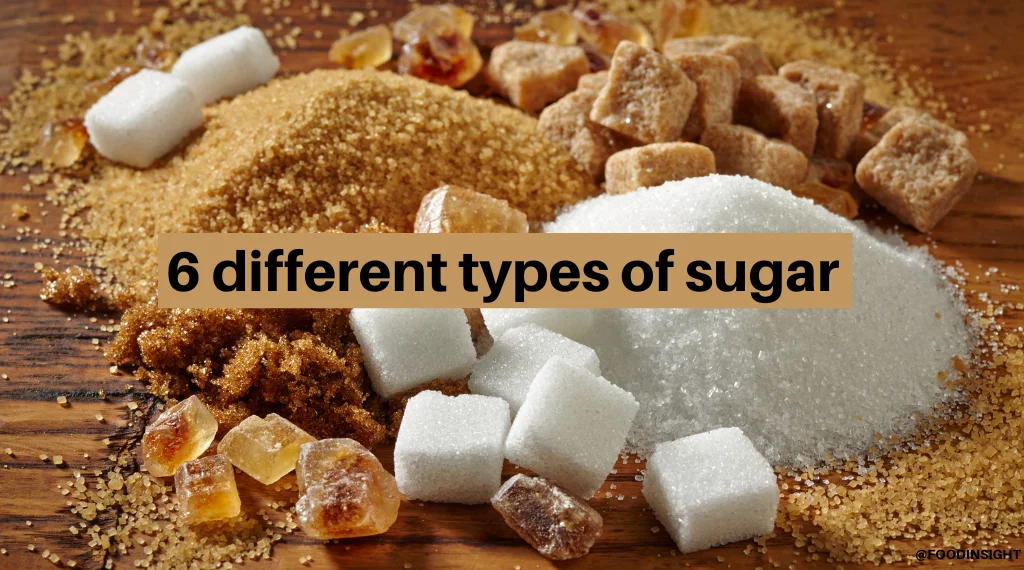Discover the Uses and Conveniences of Beet Sugar Vs Cane Sugar in Your Daily Diet Regimen
Checking out the distinctive high qualities of beet and cane sugar exposes even more than simply their sweetening capabilities; it highlights their special impacts on health and wellness and cooking arts. Beet sugar, recognized for its refined taste, is typically favored in delicate treats, whereas cane sugar, with its tip of molasses, adds richness to robust meals. Each kind holds its own nutritional profile and glycemic ramifications, inviting a much deeper understanding of their functions in a well balanced diet and sustainable intake techniques.
Beginning and Manufacturing Procedures of Beet and Cane Sugar

The unique climates and soil types required for growing sugar beetroots and sugarcane add to differences in their cultivation practices and geographical circulation, influencing the economics and sustainability of their manufacturing. beet sugar vs cane sugar.
Nutritional Contrast Between Beet Sugar and Cane Sugar
Despite stemming from different plants, beet sugar and cane sugar are nutritionally really similar, both mainly consisting of sucrose. Each gives concerning 4 calories per gram, equating to roughly 16 calories per tsp. Structurally, both sugars are composed of about 99.95% sucrose, with marginal amounts of various other compounds like moisture and trace element, which do not dramatically change their nutritional accounts.

Eventually, when picking between beet sugar and cane sugar based upon dietary content alone, both deal identical advantages and drawbacks as they are essentially kinds of the exact same particle-- sucrose, offering fast power without various other nutrients.
Impact on Health: Glycemic Index and Caloric Content
Checking out better right into the effects of beet sugar and cane sugar on health, it is essential to consider their glycemic index and calorie web content. Both sugars are identified as sucrose, which contains glucose and fructose. This composition leads them to have a similar effect on blood glucose degrees. The glycemic index (GI) of both beet and click here for info cane sugar is around 65, classifying them as high-GI foods, which can trigger quick spikes in blood sugar levels. This is an essential facet for people managing diabetic issues or those trying to stabilize their energy degrees throughout the day.
Each kind of sugar has around 4 calories per gram, making their calorie material equivalent. For those checking calorie intake, specifically when managing weight or metabolic wellness problems, comprehending this equivalence is important (beet sugar vs cane sugar). Nonetheless, extreme usage of any kind of high-calorie, high-GI food can add to health issues such as excessive weight, heart problem, and insulin resistance.
Environmental and Economic Considerations of Sugar Production
Beyond health influences, the production of beet and cane sugar additionally increases significant ecological and financial issues. Sugar beet farming has a tendency to call for cooler climates and has a reduced geographical footprint compared to sugar cane, which thrives in tropical areas. Both crops are intensive in terms of water usage and land occupation, potentially leading to logging and water scarcity. Financially, the international sugar market is highly unstable, affected by modifications in global profession policies and aids. Lots of countries incentivize sugar production via financial assistance, click to find out more skewing market value and impacting small farmers adversely.
Furthermore, the usage of chemicals and plant foods in both beet and cane sugar farming can lead to dirt destruction and pollution, additional impacting biodiversity and local water bodies (beet sugar vs cane sugar). The selection in between cultivating sugar beet or cane commonly depends upon neighborhood environmental problems and financial variables, making the sustainability of sugar manufacturing a complicated problem
Culinary Applications and Flavor Differences
While the ecological and economic facets of sugar manufacturing are certainly significant, the selection between beet and cane sugar also affects culinary applications and taste profiles. Beet sugar, acquired from the sugar beet plant, is known for its extremely neutral taste.
Cane sugar, removed from sugarcane, typically retains molasses traces, which impart an unique splendor and deepness. This small molasses taste improves the intricacy of baked products, sauces, and sauces. It is especially favored in products where a caramel undertone is desired, such as in brownies or gingerbread. In addition, the small variant in moisture web content between beet and cane sugar can impact the texture and uniformity of meals, making cane sugar a preferred selection for specific dishes that profit from its distinct homes.

Conclusion
In conclusion, both beet and cane sugar have distinct beginnings and manufacturing processes, offering comparable dietary profiles with small distinctions in salt material and flavor. While their effect on wellness, especially relating to glycemic index and calories, is similar, the choice between them frequently comes down to ecological, economic factors, and details cooking needs. Understanding these elements can assist consumers i thought about this in making informed choices that line up with their health objectives and flavor choices.
Comments on “A key factor in the beet sugar vs cane sugar debate is how each type impacts culinary results.”